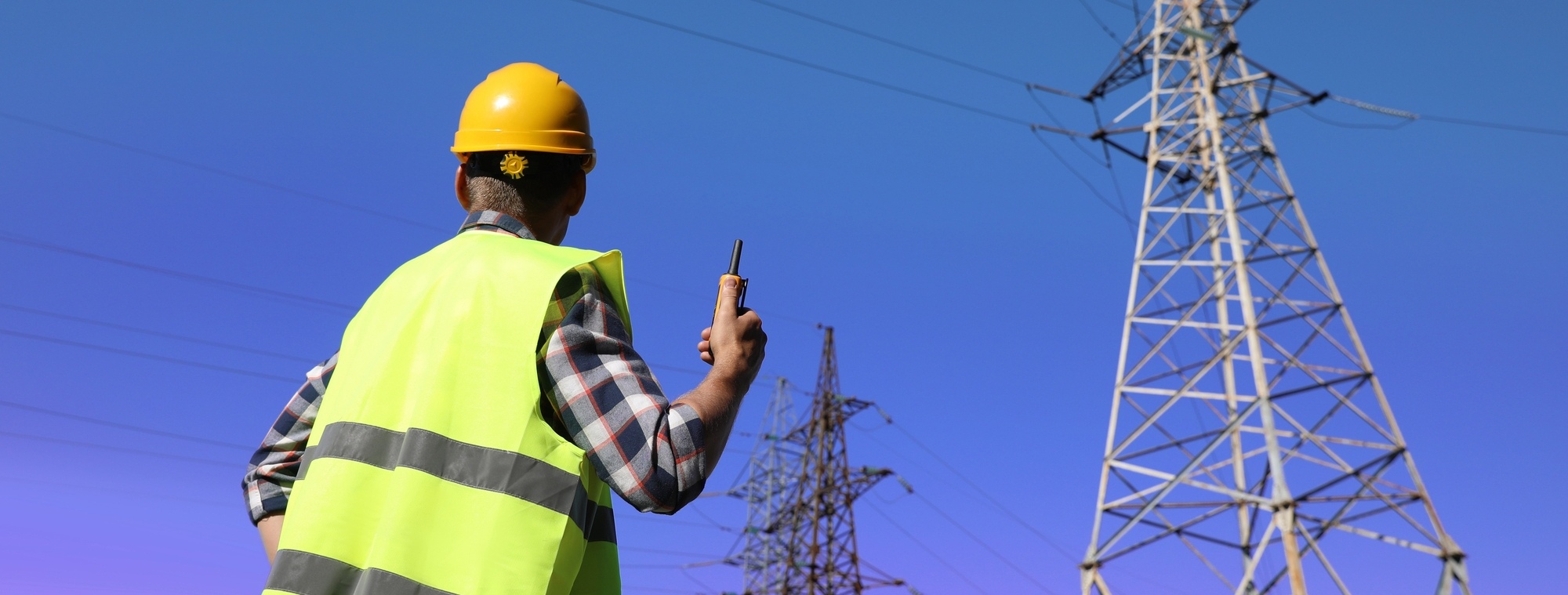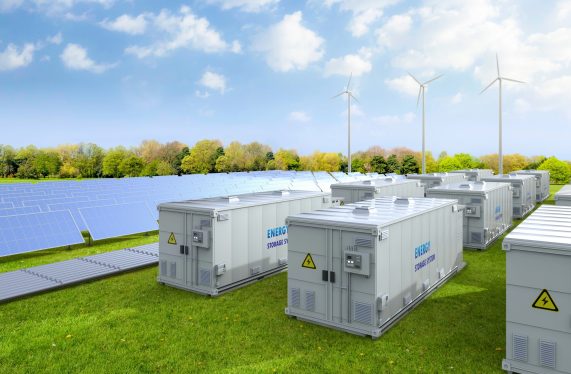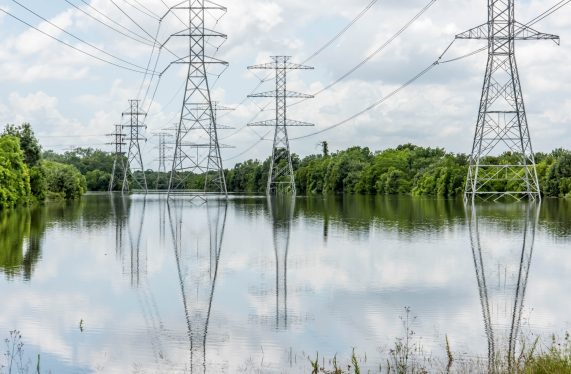What is Constructability
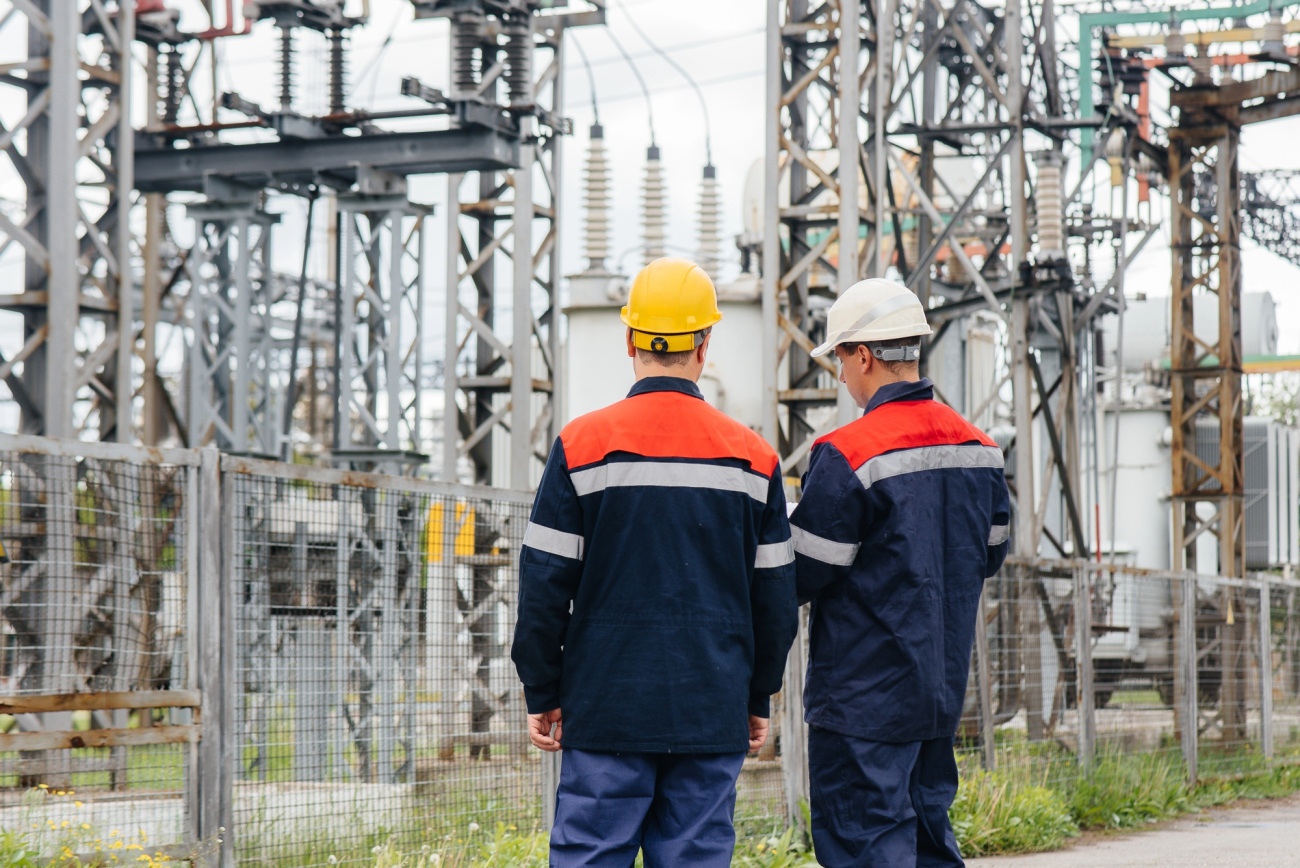
Constructability is the process of designing and organizing a project with the goal of optimally combining four key parameters:
- Efficiency
- Operability
- Maintainability
- Aesthetics
To achieve this combination, construction knowledge and experience must be integrated from the earliest phases of design and continue throughout the project's implementation.
Constructability is not simply an after-the-fact review of drawings; it is a critical element that must be considered from the conception and design stages.
Particular emphasis is given to maintainability—meaning ease of access and maintenance—as well as reducing risks to personnel and equipment during the operation phase of the project.
Successful integration of constructability requires close collaboration between designers and constructors.
The goal is to prevent errors and omissions that could lead to difficulties or increased costs during execution.
In electricity transmission projects, where safety, reliability, and operability requirements are elevated, constructability plays a decisive role in the project’s success.
It ensures that the project can be built efficiently and operate smoothly throughout its lifespan.
Especially for critical infrastructure such as high-voltage transmission lines, constructability gains even greater importance, since the design must account for the special construction requirements and constraints of the project—from ensuring access and foundation work on geotechnically challenging soils, to working at great heights under extreme weather conditions, and safely stringing conductors in rugged terrain.
A project that appears flawless "on paper" may prove infeasible in practice if the construction methodology has not been adequately foreseen.
How is Constructability Achieved in Each Phase of the Project
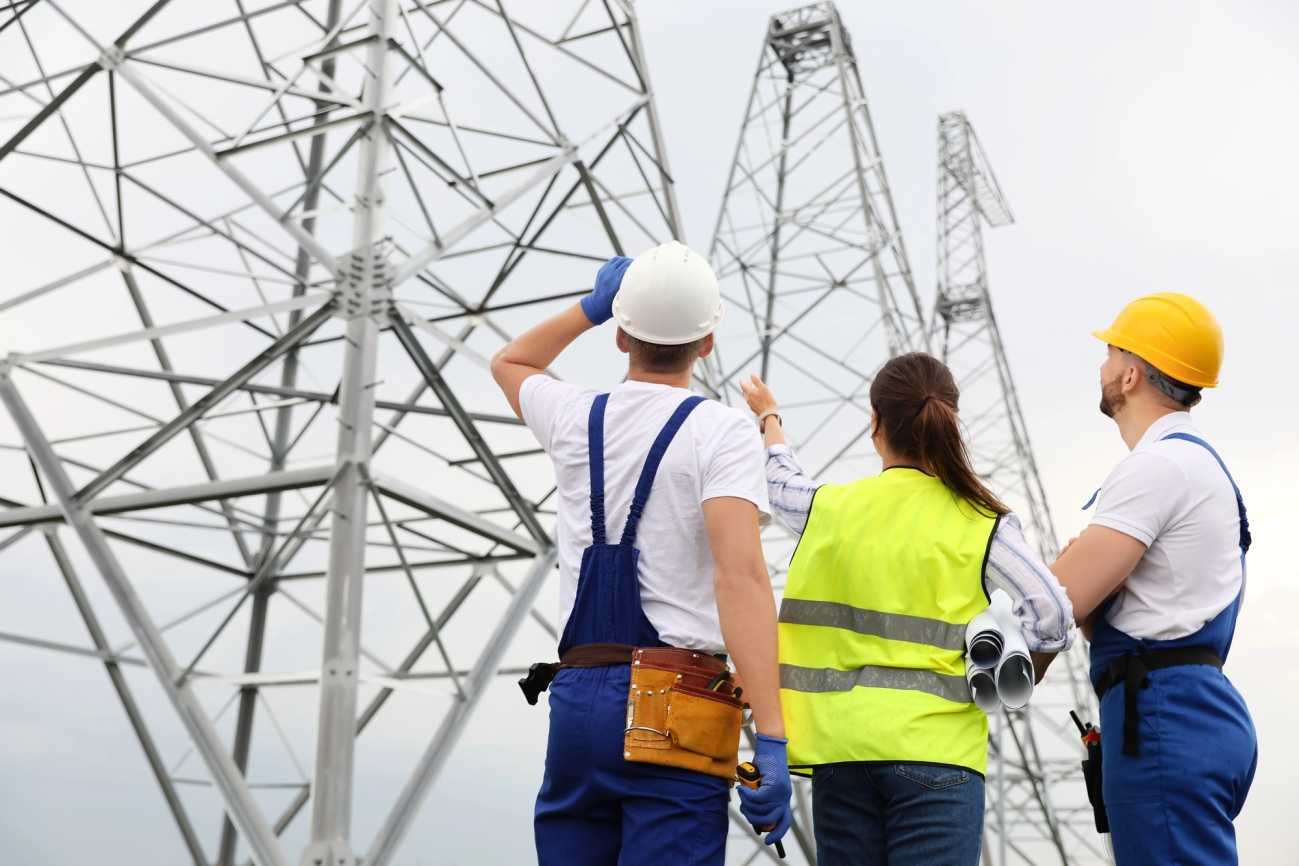
Constructability is an ongoing strategic approach integrated into every phase of the project—from conception and design through construction and final delivery.
It concerns not only structural soundness but also the practical feasibility of execution with safety, efficiency, and respect for field conditions.
During the conception phase, the choice of technical solutions is guided by simplicity, accessibility, and feasibility.
Rational siting, assessment of geotechnical and environmental conditions, and management of construction site logistics lay the foundation for a feasible design.
Forming a team experienced in construction and applying lean engineering principles are crucial.
During the design phase, constructability is expressed through realistic solutions and simplified design choices.
Standardization, use of prefabricated elements, and avoidance of complex details reduce complexity and enhance feasibility in challenging conditions.
The goal is a study adapted to the requirements of the construction site.
During construction, rational sequencing of tasks, use of simple equipment, provision for prefabrications, and avoidance of time-consuming techniques increase productivity and reduce risks.
Communication among designers, supervisors, and site personnel is vital for real-time technical decision-making.
In power transmission projects, constructability assumes critical importance: whether it is foundation work on geotechnically challenging soils, conductor stringing on steep slopes, or working at height in varying weather loads.
The existence or creation of safe access roads and the ability to transport materials and install equipment and machinery must be considered from the outset.
Technologies such as drones—as highlighted in our article "How Drones Are Transforming Transmission Line Projects"—significantly assist in monitoring inaccessible areas and safely preparing the site.
Every design decision must answer the question: "Can it be built safely, accurately, and within the timeschedule?"
Benefits and Challenges of Constructability: The Cost of Foresight and Omission

Integrating constructability from the earliest stages of a project creates tangible benefits for all involved.
Quantitatively, it reduces the need for plan and specification revisions, limits total cost and duration, and enhances the ability to minimize future maintenance expenses.
Simultaneously, having complete and high-quality designs offers greater budget accuracy, leads to more economical bids, and limits cost overruns.
Qualitatively, safety and efficiency of personnel are improved, disputes and additional claims are avoided, impacts on the environment and local communities are reduced, and cooperation among designers, constructors, and supervisors is strengthened.
However, achieving constructability is neither automatic nor inexpensive.
It requires knowledge, experience, a team approach, and resource allocation from the early stages.
Common obstacles include lack of awareness of the principles and benefits of constructability control, the mistaken belief that it is already applied or unnecessary, rigid separation between design and construction phases, delayed or missing involvement of the constructor, as well as lack of trust and common vision among stakeholders.
Equally critical is the issue of timing interaction of design activities: when highly interdependent activities run simultaneously without proper synchronization, the risk of rework and delays rises, potentially wiping out any theoretical time gains.
In the sector of high-voltage transmission lines, where technical, geographic, and institutional parameters are continuously changing, anticipating difficulties is not just useful—it is essential.
Failure to account for constructability may not only increase costs but can lead to unbuildable projects, delays, or even failure to complete.
Conversely, investing in coordinated and timely constructability control significantly enhances the ability to achieve goals, construction quality, and project durability.
Ultimately, constructability is not a luxury but a necessity—and its control is not an added burden but an indispensable tool for designing projects that operate, endure, and perform.
Concurrent Engineering: The Foundation of Constructability in Modern Design
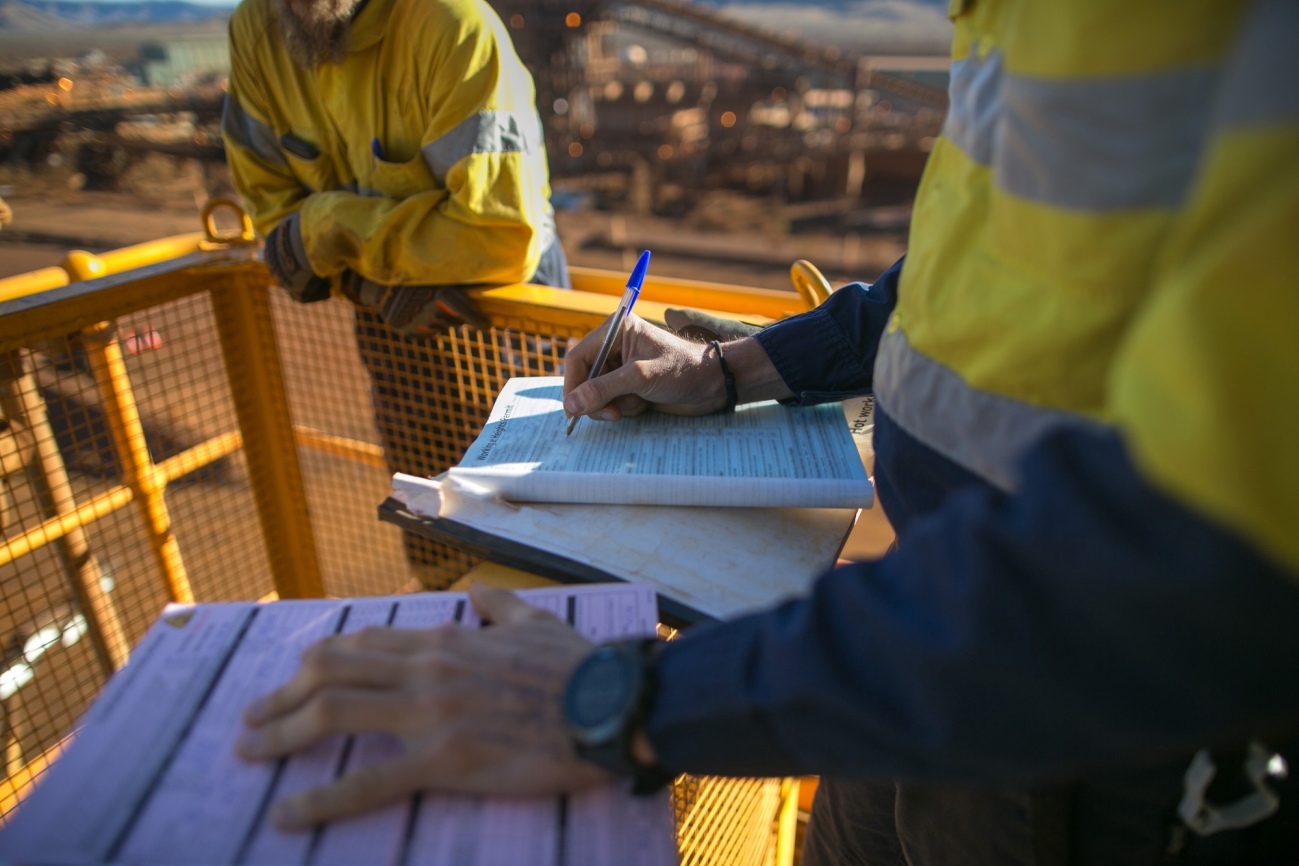
The principle of constructability finds its most natural expression through the framework of Concurrent Engineering—a methodology promoting parallel and collaborative design, bringing designers, constructors, and project managers to the table from the earliest stages.
When applied correctly, this approach enables integrating construction experience and requirements from the design phase, minimizing delays, redesigns, and construction failures.
Success in Concurrent Engineering relies on the technical competence of all parties involved, cultivating trust, strengthening project ownership, sharing data from past projects, and—most importantly—continuous and effective communication.
Designs become more realistic, solutions feasible, and decisions collective.
However, its implementation is not without challenges.
Lack of positive climate, unclear leadership, insufficient management support, or absence of trust can hinder smooth operation.
Familiarity with the collaborative philosophy and investment in non-technical skills—such as communication and emotional intelligence—are equally crucial as technical expertise.
In practice, when constructability is approached through Concurrent Engineering, the difference is tangible: projects are designed with focus, executed without ambiguities, and reach their goals with fewer risks and surprises.
Design Smarter, Build Better: From Design to Practice

Constructability is a key factor for success in modern design and implementation of high-voltage projects.
At SynEnergy, in our recent projects, we have applied this approach emphasizing smart design that accounts for construction requirements from the outset.
The result was fewer modifications, time and cost savings, and improved quality and safety of the projects.
The message is clear: design smarter, build better.
Close collaboration and comprehensive constructability management are today essential elements for the success of every project.
